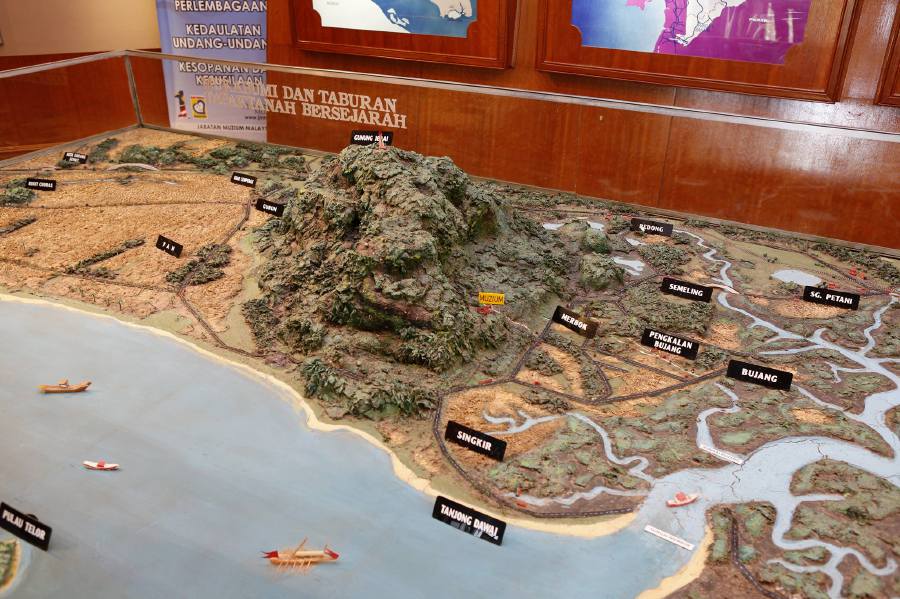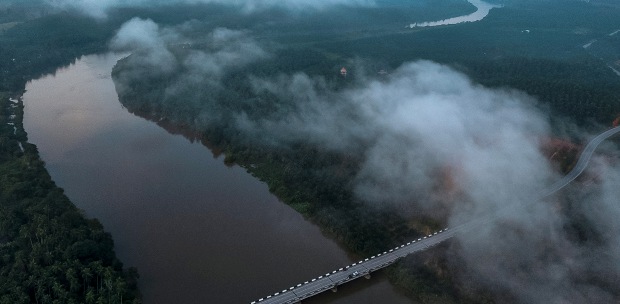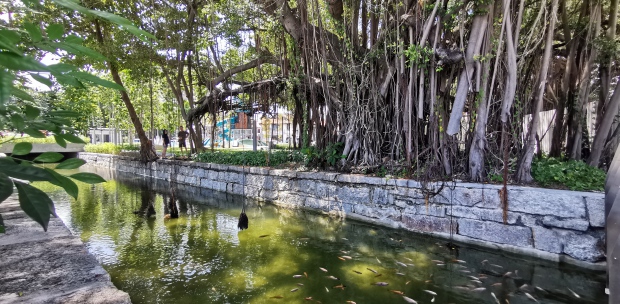IN the heart of Kedah, Malaysia, the Bujang Valley stands as a testament to the nation's rich and vibrant past. Officially inaugurated by His Royal Highness, the Sultan of Kedah, on January 23, 1980, the Bujang Valley Archaeology Museum, located at Batu Pahat Hill, marked a significant milestone as Malaysia's first archaeology museum.
This illustrious site unveils the story of Bujang Valley, once a bustling centre of international trade and cultural exchange in ancient Southeast Asia.
A GATEWAY TO MALAYSIA'S ANCIENT TRADE
Bujang Valley's strategic location along the trade routes between the East and the West made it a pivotal entrepôt in the region. Historical records and archaeological findings indicate that this area was a melting pot of cultures, religions, and commerce, facilitating the exchange of goods and ideas between traders from the Indian subcontinent, China, the Middle East, and Southeast Asian kingdoms.
The valley's significance in regional trade networks from the 5th to 14th centuries is well-documented, showcasing its role in the spread of Hinduism and Buddhism throughout the Malay Archipelago.
TREASURES OF THE PAST
The Bujang Valley Archaeology Museum houses an impressive collection of artefacts unearthed from the valley, each narrating a unique story of the area's historical and cultural landscape.
Visitors can marvel at an extensive array of items ranging from celadon, porcelain, and stoneware to clay pottery, glass fragments, beads, and Persian ceramics. These findings not only reflect the valley's importance as a trade hub but also its connections with other ancient civilizations.
Among the most remarkable discoveries are remnants of Hindu and Buddhist temples, known as "candi," which further attest to the religious and cultural diversity that flourished in Bujang Valley.
EXPLORING THE MYSTERIES OF BUJANG VALLEY

The Bujang Valley archaeological site spans an area that encompasses more than 50 ancient monuments and hundreds of artefacts, making it one of the most significant archaeological sites in Southeast Asia.
The museum itself is situated on Batu Pahat Hill, offering visitors a glimpse into the past through its exhibitions and the surrounding historical landscape. Exploring this site provides a unique opportunity to delve into Malaysia's prehistoric periods, understanding the dynamics of early civilizations that once thrived in the region.
A JOURNEY BACK IN TIME

For those intrigued by history and archaeology, Bujang Valley offers an unparalleled journey back in time. The site not only serves as an educational resource but also as a reminder of Malaysia's ancient heritage and its role in the broader narrative of Southeast Asian history. Walking through the museum and the valley, one can't help but feel a deep connection to the past, imagining the lives of those who once walked these lands.
Whether you're a history buff, an archaeology enthusiast, or simply curious about the past, Bujang Valley is a destination that promises to enrich your understanding of the world and leave you in awe of the complexities of ancient civilizations.





